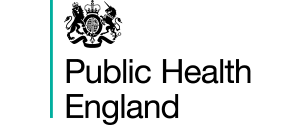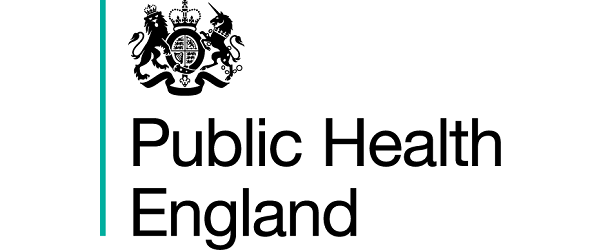A new collaborative study, from Public Health England (PHE) and parenting club, Bounty, found infants have little contact with adolescents and spend more time with their mothers than anyone else, providing valuable information on the best strategies to protect this age group from infections.
 |
| [relatedPosts title=”Related Posts”] |
|
|
The study, published today (Thursday) in PLOS ONE, is the first of its kind and focuses on contact patterns of infants to assess and predict risks of transmitting infectious diseases. The study followed 115 healthy infants for 24 hours and tracked the duration and type of interaction they had with each individual they came into contact with.
The study reveals infants interact with on average seven people a day, but this ranged from between one and 19 people. Around 55 per cent of all newborn contacts occurred with people outside of the household. These social interactions help highlight where exposure to infectious diseases may occur.
Key findings from the study, which split the 115 infants in two groups: under 10 weeks old and aged between 11 weeks to 12 months old, reveal:
- Older infants had less than 50 per cent of all contact at home, with slightly higher contact in settings outside the household such as in GP practices, mother-and-baby groups, shopping centres and parks
- Younger infants had intense contact within households lasting over four hours (44 per cent)
- 92 per cent of the mothers in the study had long physical contact with the infant, compared to 45 per cent of the same contact made with siblings
- The babies had more contact with females (60 per cent) than males
- The least amount of contact was with adolescents
Study author Dr Albert Jan van Hoek, an infectious disease expert at PHE, said:
“Knowledge of the contact patterns of babies is essential to understand who is most likely to infect them and what the best strategies are to protect them from infections until they are old enough to be vaccinated themselves.
“Although babies have intense interaction with their mother, father and siblings, they still see a lot of people outside of their immediate family.
“The best way parents can protect their children is to ensure they receive their routine childhood vaccination on time. PHE will use the newly collected data to improve their transmission models of infectious diseases.”
Further Information
- [Journal Reference] Jan van Hoek et al, “The social life of infants in the context of infectious disease transmission; social contacts and mixing patterns of the very young”, PLOS ONE.
- The survey was sent to a random selection of 1,000 mothers with infants under 12 months of age, with a focus on those aged up to 10 weeks. The surveys were distributed by PHE to Bounty members, 115 mothers returned the contact diary/answered the questionnaire that were in contact with 758 individuals. The overall response rate was 12 per cent.
- Potential limitations include the sample size such as no responses recorded on a day at the nursery meaning contact levels recorded could differ if selecting a larger, or longer period study group.
- Bounty is a parenting club who provides support to pregnant women and mothers. Bounty provided a balanced random sample of first-time mums and those who have other children over different socio-economic groups. www.bounty.com





